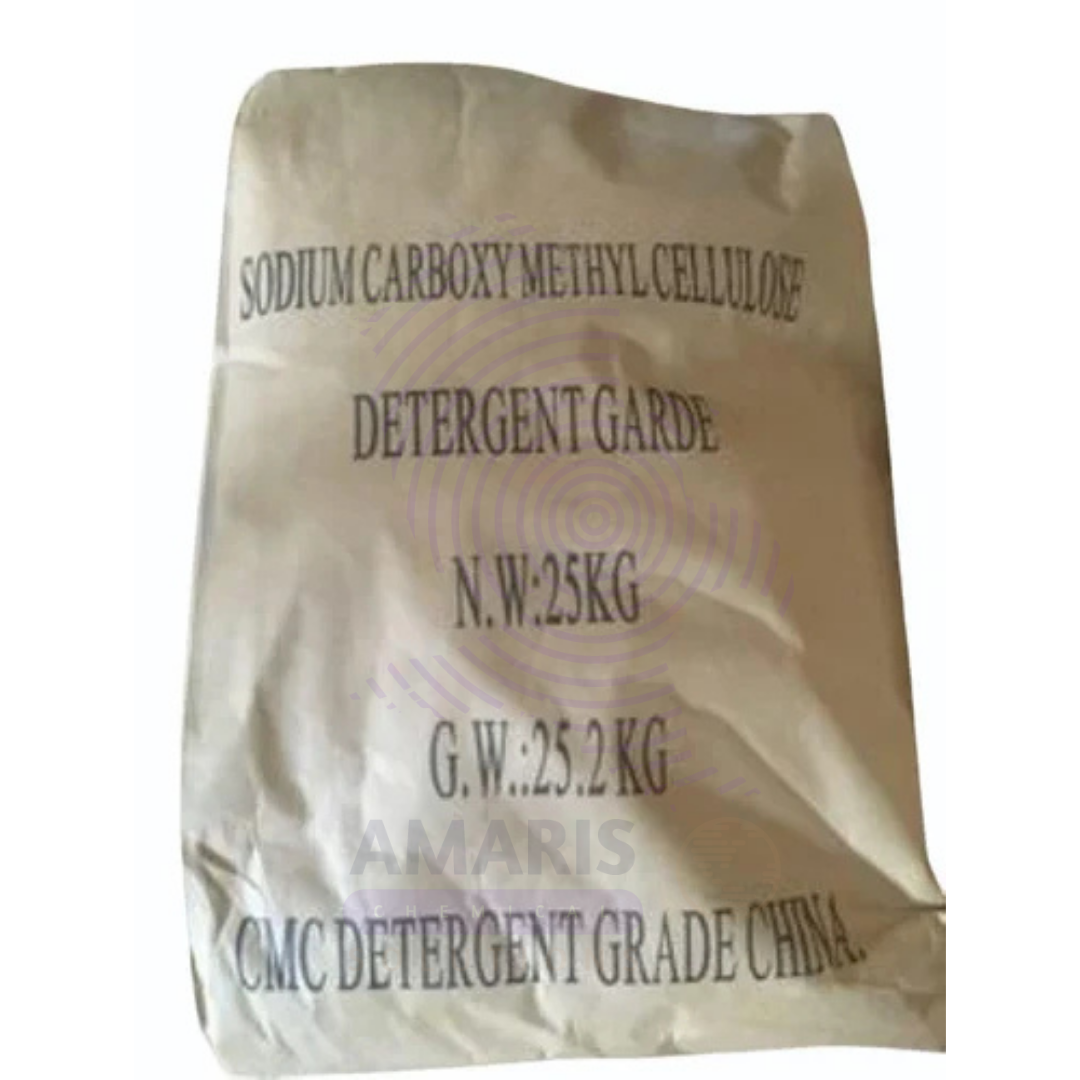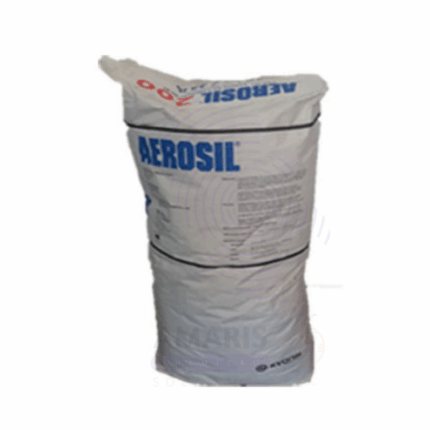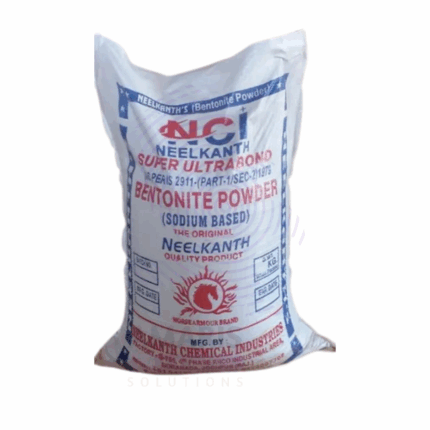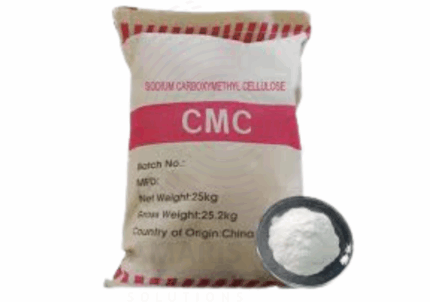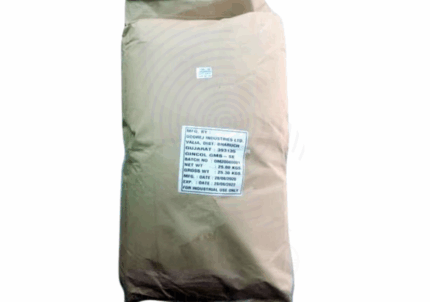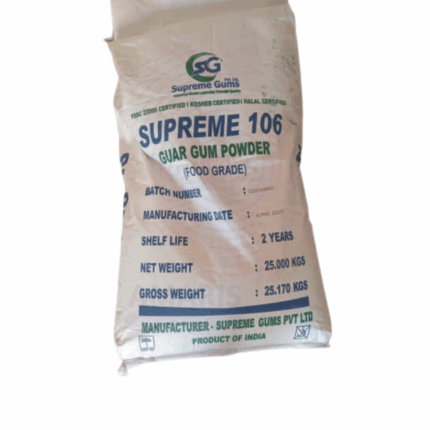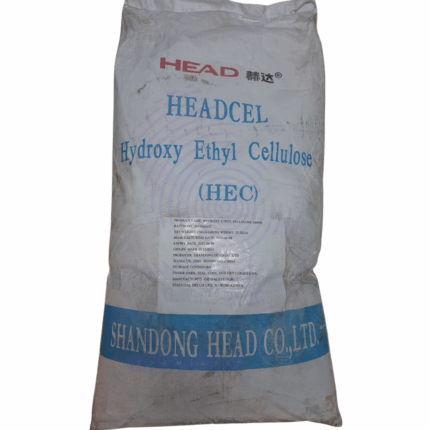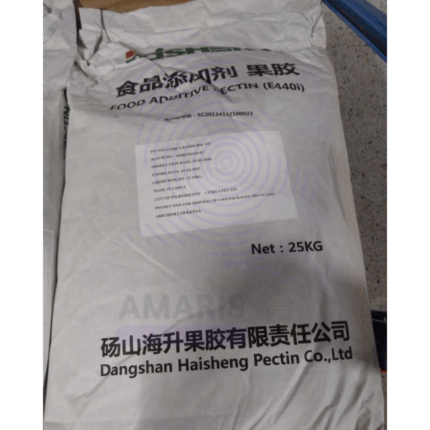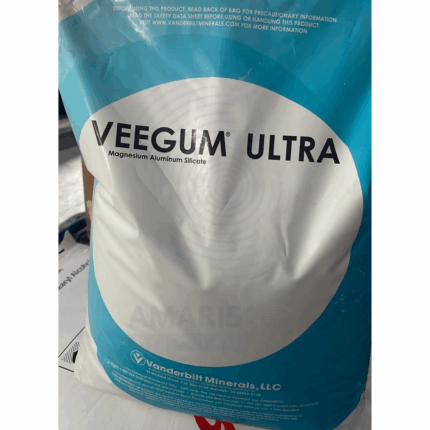

Carboxymethyl Cellulose Detergent Grade
$ 8.89 Original price was: $ 8.89.$ 8.74Current price is: $ 8.74.
Carboxymethyl Cellulose Detergent Grade is a water-soluble cellulose derivative produced by the etherification of cellulose with monochloroacetic acid. It is a fine, white to off-white powder with excellent thickening, stabilizing, and water retention properties. The detergent grade of CMC is specifically tailored to meet the requirements of laundry and cleaning formulations, offering superior dispersing and anti-redeposition performance. It is biodegradable, non-toxic, and widely used as a functional additive to enhance cleaning efficiency and fabric care in detergent products. Its excellent compatibility with surfactants and enzymes makes it an essential ingredient in both powder and liquid detergents.
Carboxymethyl Cellulose Detergent Grade
Primary Uses
- Detergent & Cleaning Industry
- Acts as a soil anti-redeposition agent in laundry detergents, preventing dirt particles from resettling on fabrics.
- Functions as a thickener and stabilizer in liquid detergents and fabric softeners.
- Enhances viscosity and suspension of powders and enzymes, improving product performance.
- Used in automatic dishwashing detergents to improve cleaning efficiency and prevent spotting.
- Personal Care & Cosmetics
- Incorporated in toothpaste and mouthwash formulations for thickening and stabilizing suspensions.
- Used in creams and lotions as a viscosity modifier and stabilizer.
- Paper Industry
- Serves as a retention aid and wet-end additive to improve paper quality and reduce fiber loss.
- Food Industry (Specific Grades)
- Sometimes used as a food additive (E466) to control texture and moisture retention in processed foods.
Secondary Uses
- Pharmaceutical Industry
- Used as a binder, disintegrant, and controlled-release agent in tablets and capsules.
- Oil & Gas Industry
- Employed as a viscosifier and stabilizer in drilling muds and fracturing fluids.
- Textile Industry
- Functions as a sizing agent to improve yarn strength and reduce breakage during weaving.
- Agriculture
- Used in seed coatings and soil conditioners to improve moisture retention.
1. Basic Identification Attributes
- Chemical Name (IUPAC): Sodium carboxymethyl cellulose
- Common/Trade Name: Carboxymethyl Cellulose (CMC) Detergent Grade
- CAS Number: 9004-32-4
- HS Code: 3912.90.00
- Molecular Formula: Variable (polysaccharide derivative)
- Synonyms:
- Sodium CMC
- Cellulose gum
- E466 (when food grade)
2. Physical & Chemical Properties
- Physical State: Powder
- Color & Odor: White to off-white; odorless
- Solubility: Highly soluble in cold and hot water, forming viscous solutions
- pH (1% solution): 6.5–8.0
- Viscosity: Typically 100–4000 mPa·s (depending on grade and concentration)
- Moisture Content: <10%
- Bulk Density: ~0.3–0.6 g/cm³
- Degree of Substitution (DS): 0.6–0.95 (varies by grade)
- Stability: Stable under normal conditions; hygroscopic
3. Safety & Hazard Attributes
- Hazard Class (GHS): Not classified as hazardous
- NFPA Ratings:
- Health: 0
- Flammability: 1 (due to dust hazard)
- Reactivity: 0
- Exposure Limits: No established occupational exposure limits; generally considered safe
- Toxicity: Non-toxic and non-irritant in typical usage levels
- Reactivity: Chemically inert; stable under normal conditions
4. Storage & Handling Attributes
- Storage Conditions: Store in a cool, dry, well-ventilated area away from moisture and direct sunlight
- Container Type: Paper bags with polyethylene lining or HDPE drums
- Shelf Life: Typically 2–3 years if stored properly
- Special Handling: Avoid dust generation; use dust masks and eye protection if airborne dust is present
5. Regulatory & Compliance Attributes
- FDA Status: Approved for use in food products as thickener/stabilizer (21 CFR §172.892 for food grade)
- REACH Status: Registered
- Transportation: Not classified as hazardous material
- Waste Disposal: Dispose of according to local regulations; biodegradable
6. Environmental & Health Impact
- Ecotoxicity: Low environmental impact; biodegradable and non-toxic to aquatic organisms
- Persistence: Biodegradable under aerobic conditions
- Bioaccumulation: Not expected to bioaccumulate
- Carcinogenicity/Mutagenicity: Not classified as carcinogenic or mutagenic
- Biodegradability: Readily biodegradable
Safety Handling Precautions
Personal Protective Equipment (PPE):
- Dust mask or respirator (if dust is airborne)
- Safety goggles
- Gloves (optional)
Handling Measures:
- Minimize dust generation
- Use adequate ventilation during handling and processing
Storage Measures:
- Keep container tightly closed
- Store in dry place to avoid caking and microbial growth
Hygiene Practices:
- Wash hands after handling
- Avoid inhalation of dust
- Do not eat, drink, or smoke when handling product
First Aid Measures
- Inhalation: Move to fresh air; consult a physician if respiratory irritation occurs
- Skin Contact: Wash affected area with soap and water; seek medical advice if irritation develops
- Eye Contact: Rinse eyes thoroughly with water for several minutes; seek medical attention if irritation persists
- Ingestion: Non-toxic; rinse mouth and drink water; seek medical advice if discomfort occurs
Firefighting Measures
- Fire Hazards: Combustible as dust; not flammable in bulk form
- Extinguishing Media: Water spray, foam, dry chemical, or CO₂
- Special Precautions: Avoid dust clouds to prevent explosion hazard
- Decomposition Products: Carbon oxides and water vapor when burned


 Preservatives(food)
Preservatives(food) Flavor Enhancers
Flavor Enhancers Acidulants
Acidulants Sweeteners
Sweeteners Antioxidants
Antioxidants Colorants(food)
Colorants(food) Nutraceutical Ingredients (food)
Nutraceutical Ingredients (food) Nutrient Supplements
Nutrient Supplements Emulsifiers
Emulsifiers
 Collectors
Collectors Dust Suppressants
Dust Suppressants Explosives and Blasting Agents
Explosives and Blasting Agents Flocculants and Coagulants
Flocculants and Coagulants Frothers
Frothers Leaching Agents
Leaching Agents pH Modifiers
pH Modifiers Precious Metal Extraction Agents
Precious Metal Extraction Agents
 Antioxidants(plastic)
Antioxidants(plastic) Colorants (Pigments, Dyes)
Colorants (Pigments, Dyes) Fillers and Reinforcements
Fillers and Reinforcements Flame Retardants
Flame Retardants Monomers
Monomers Plasticizers
Plasticizers Polymerization Initiators
Polymerization Initiators Stabilizers (UV, Heat)
Stabilizers (UV, Heat)
 Antifoaming Agents
Antifoaming Agents Chelating Agents
Chelating Agents Coagulants and Flocculants
Coagulants and Flocculants Corrosion Inhibitors
Corrosion Inhibitors Disinfectants and Biocides
Disinfectants and Biocides Oxidizing Agents
Oxidizing Agents pH Adjusters
pH Adjusters Scale Inhibitors( water)
Scale Inhibitors( water)
 Antioxidants(cosmetic)
Antioxidants(cosmetic) Emollients
Emollients Fragrances and Essential Oils
Fragrances and Essential Oils Humectants
Humectants Preservatives
Preservatives Surfactants(cosmetic)
Surfactants(cosmetic) Thickeners
Thickeners UV Filters
UV Filters
 Fertilizers
Fertilizers Soil Conditioners
Soil Conditioners Plant Growth Regulators
Plant Growth Regulators Animal Feed Additives
Animal Feed Additives Biostimulants
Biostimulants Pesticides (Herbicides, Insecticides, Fungicides)
Pesticides (Herbicides, Insecticides, Fungicides)
 Active Pharmaceutical Ingredients (APIs)
Active Pharmaceutical Ingredients (APIs) Excipients
Excipients Solvents(pharmaceutical)
Solvents(pharmaceutical) Antibiotics
Antibiotics Antiseptics and Disinfectants
Antiseptics and Disinfectants Vaccine Adjuvants
Vaccine Adjuvants Nutraceutical Ingredients (pharmaceutical)
Nutraceutical Ingredients (pharmaceutical) Analgesics & Antipyretics
Analgesics & Antipyretics
 Analytical Reagents
Analytical Reagents Solvents(lab)
Solvents(lab) Chromatography Chemicals
Chromatography Chemicals Spectroscopy Reagents
Spectroscopy Reagents microbiology-and-cell-culture-reagents
microbiology-and-cell-culture-reagents Molecular Biology Reagents
Molecular Biology Reagents Biochemical Reagents
Biochemical Reagents Inorganic and Organic Standards
Inorganic and Organic Standards Laboratory Safety Chemicals
Laboratory Safety Chemicals Specialty Laboratory Chemicals(Special Laboratory Equipment)
Specialty Laboratory Chemicals(Special Laboratory Equipment)
 Demulsifiers
Demulsifiers Hydraulic Fracturing Fluids
Hydraulic Fracturing Fluids Scale Inhibitors(oil)
Scale Inhibitors(oil) Surfactants(oil)
Surfactants(oil) Drilling Fluids
Drilling Fluids
 Dyes and Pigments
Dyes and Pigments Bleaching Agents
Bleaching Agents Softening Agents
Softening Agents Finishing Agents
Finishing Agents Antistatic Agents
Antistatic Agents
 Admixtures
Admixtures Waterproofing Agents
Waterproofing Agents Sealants and Adhesives
Sealants and Adhesives Curing Compounds
Curing Compounds Concrete Repair Chemicals
Concrete Repair Chemicals Anti-Corrosion Coatings
Anti-Corrosion Coatings
 Surfactants(cleaning)
Surfactants(cleaning) Builders
Builders Enzymes
Enzymes Solvents (Cleaning)
Solvents (Cleaning) Fragrances
Fragrances
 Electronic Chemicals
Electronic Chemicals Catalysts
Catalysts Lubricants
Lubricants Photographic Chemicals
Photographic Chemicals Refrigerants
Refrigerants Automotive chemicals
Automotive chemicals Pyrotechnic Chemicals
Pyrotechnic Chemicals
 Biodegradable Surfactants
Biodegradable Surfactants Bio-based Solvents
Bio-based Solvents Renewable Polymers
Renewable Polymers Carbon Capture Chemicals
Carbon Capture Chemicals Wastewater Treatment Chemicals
Wastewater Treatment Chemicals
 Pigments
Pigments Solvents(paint)
Solvents(paint) Specialty Coatings
Specialty Coatings Binders/Resins
Binders/Resins Additives
Additives Driers
Driers Anti-Corrosion Agents
Anti-Corrosion Agents Functional Coatings
Functional Coatings Application-Specific Coatings
Application-Specific Coatings
 Fresh Herbs
Fresh Herbs Ground Spices
Ground Spices Whole Spices
Whole Spices Spice Blends
Spice Blends Dried Herbs
Dried Herbs
 Leavening Agents
Leavening Agents Dough Conditioners
Dough Conditioners Flour Treatments
Flour Treatments Fat Replacers
Fat Replacers Decoratives
Decoratives Preservatives(baking)
Preservatives(baking)
 Plasticizers & Softeners
Plasticizers & Softeners Reinforcing Agents
Reinforcing Agents Adhesion Promoters
Adhesion Promoters Vulcanizing Agents
Vulcanizing Agents Antidegradants
Antidegradants Blowing Agents
Blowing Agents Fillers & Extenders
Fillers & Extenders Accelerators & Retarders
Accelerators & Retarders